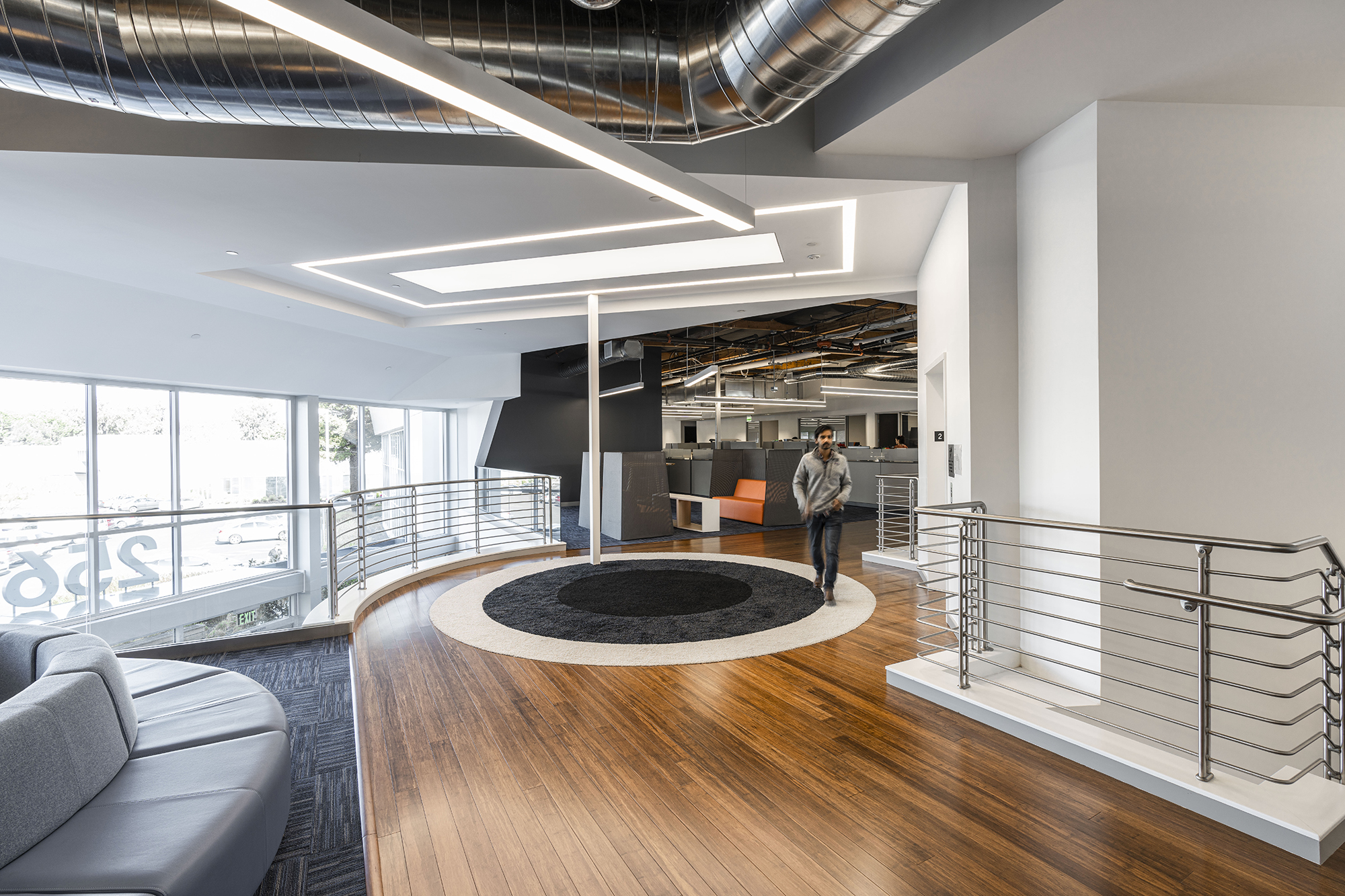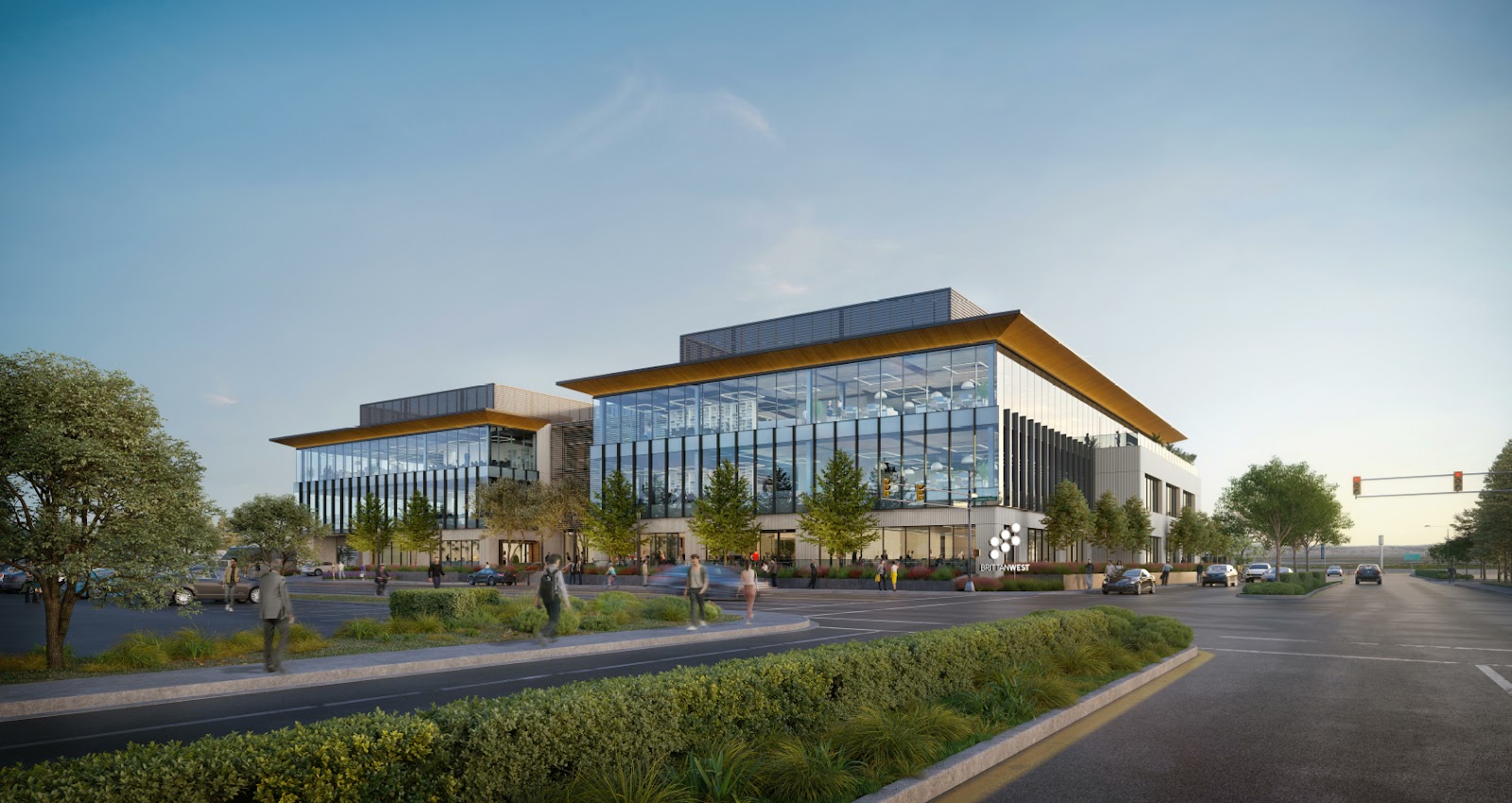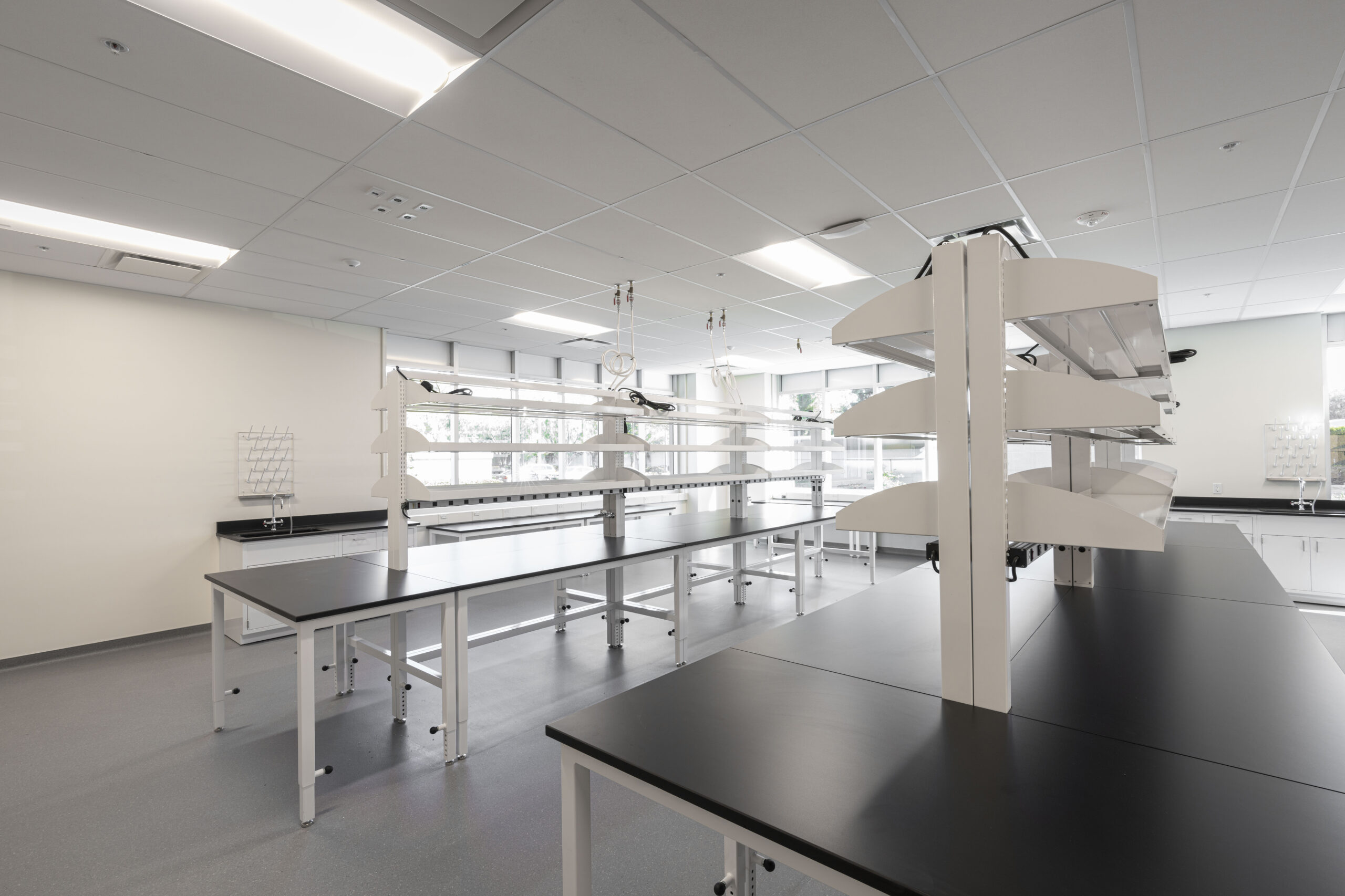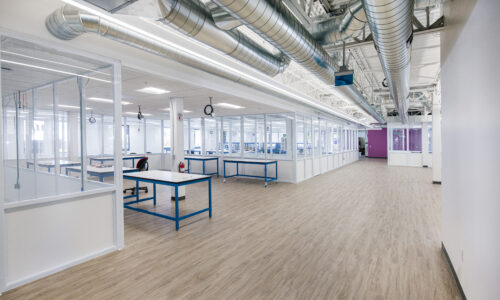
Top 10 Construction Trends to Watch in 2023
The San Francisco Bay Area has seen significant growth in construction projects over the years, reflecting many opportunities and challenges. Looking ahead, the industry continues to adapt to everything from long material lead times to rising costs and the impact of climate change. Let’s look at the top 10 trends for 2023 San Francisco Bay Area construction.
Trend 1 – Material Lead Times
Material lead times are a significant issue for the Bay Area construction industry. Supply chain disruptions due to the COVID-19 pandemic, global economic uncertainty, and events in Eastern Europe continue. As of January 2023, lead times for roofing materials and steel products like joists and decking ranged from 4 – 9 months.
Trend 2 – Life Science Shells
While Cummings predicts that total commercial construction volume will shrink by 7.2% in 2023, life science shells, a specialty subsector, is showing increased demand.
With the growth of biotech companies and research institutions, there is a need for more laboratory and research spaces. Collier reports that the Bay Area has over 6 million square feet under development. These buildings require specific designs to accommodate scientific equipment and research activities.
1091 Industrial is currently under construction in San Carlos. Photo Credit: Brick, Inc.

Trend 3 – Market Ready Life Science Tenant Improvements
As the demand for life science shells continues to increase, there is also a need for market-ready life science tenant improvements (TI). Updated buildings command high rents, up to $100 per square foot for triple-net leases, compared to $65 for older buildings in 2022.
SBC has deep expertise in accommodating the specific needs of life science companies, such as clean rooms, lab space, and specialized equipment.
One recent project we are very proud of is BIOSQUARE, a market-ready life sciences space we completed for Blue Rise Ventures and DES. Check out our article for more details: Project Spotlight: Biosquare, A Place To Construct The Future.

Trend 4 – Pacific Gas and Electric (PG&E) Lead Times
Pacific Gas and Electric (PG&E), the primary electricity provider in the Bay Area, has been experiencing infrastructure issues for years, leading to project delays. Contractors must anticipate working around PG&E’s schedule, which leads to longer project timelines.
Trend 5 – Rising Costs
A key factor to consider is the Building Cost Index (BCI), which is forecast to be between 2%-4% in 2023. However, it’s important to note that not all materials will be affected equally. SBC, for example, is currently seeing ongoing price increases for cement, while steel products are expected to continue their downward trend. This highlights the importance of staying up-to-date on market trends for specific materials, as it can have a significant impact on project budgets.
While some costs may stabilize over the next year, others will continue to rise due to ongoing uncertainty around transportation, labor and materials, and policy-related costs. That’s why having a preconstruction partner with a deep research bench can be invaluable in navigating this volatility and determining future capital needs.
In today’s budget-busting world, knowledge truly is power. By leveraging SBC, you can gain valuable insights into cost and timing to help you make the best decisions for your project.
Trend 6 – Increasing Regulations
California and Bay Area cities continue to increase regulations in the construction industry. Changes in 2023 range from licensing to workers comp to environmental protection and more.
Trend 7 – More Stringent Building Codes
Building codes are tightening as climate change concerns drive updates to environmental standards. At SBC, we have deep experience in sustainable construction trends to promote a greener, healthier Bay Area.
Trend 8 – California’s Natural Gas Ban
California has set a target to achieve carbon neutrality by 2045. More than 40 California jurisdictions have banned natural gas to reduce fossil fuel consumption or encourage electrification alternatives in new construction. Reducing greenhouse gas emissions from buildings is a critical step toward achieving this goal.
Trend 9 – Construction Workers Priced Out of the Bay Area
San Francisco’s median home values increased 22% from $900,000 to $1.2 million from March 2020 to June 2022. Low to middle-wage workers in all industries, including construction, cannot afford to live in the Bay Area. Construction workers are moving far away from job sites, leading to longer commutes and reduced productivity.
Trend 10 – Aging Leadership
The Bay Area construction industry leaders are aging, and younger talent is not filling the gap quickly enough. Trade schools are increasingly important as providers of hands-on training and practical skills critical to construction. To ensure a strong future for the industry, leaders and stakeholders must collaborate to support a youth movement to spark interest in the field.
Here at SBC, we encourage our team members to pursue growth within the company by offering opportunities to work on various types of construction projects. This opportunity benefits each of our employees individually with, at times, challenging experiences that help them in the pursuit of their next career level.
Moving Ahead
The 2023 trends in Bay Area construction continue to present challenges. At South Bay Construction, we’ve seen trends come and go. We have successfully adapted to all of them over the last 45 years.
As global and economic uncertainty continues, it is more important than ever to have a construction partner with deep experience and connections. If you’d like to learn more about our approach, please contact us at (408) 379-5500.



